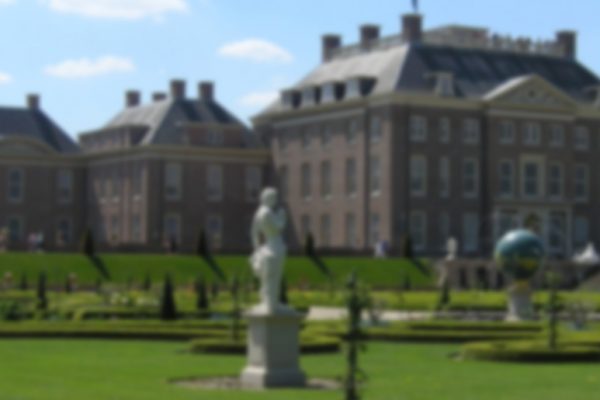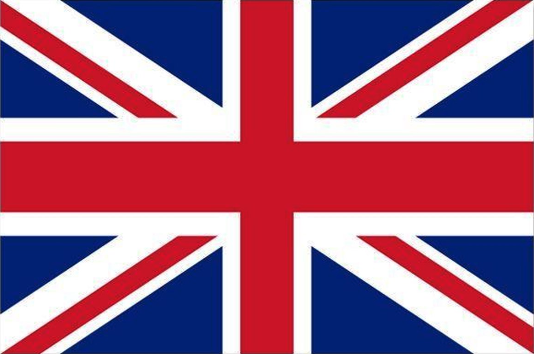Paleis Het Loo is a former royal palace on the outskirts of Apeldoorn. The palace was used by the Dutch royal family as a summer residence from 1686 to 1975. The palace is famous for its gardens, palace park and forest, which together make up the Crown Estate.
Palace
The first member of the Orange-Nassau Family to live in the palace was Governor William III. He purchased the medieval castle, Het Oude Loo in 1684 with the intention of constructing an adjacent hunting lodge, which is actually now the palace.
Architect and former master carpenter Jacobus Roman designed the palace in a Dutch Baroque style. The palace consists of a square main building with wings either side. The main building and the wings were joined together using semi-circular colonnades in Baroque style. The colonnades were later replaced and moved to the garden, where they can still be seen today.
William III
William III was internationally renowned. He married his cousin, Mary Stuart, daughter of James II, King of England. On invitation by the protestant party in England, William crossed to Britain in 1688 with an armada of 500 ships in order to relieve his Catholic father-in-law, James II of his throne. The boldness and speed with which ‘Dutch William’ acted, won him and Mary the crowns of England, Ireland and Scotland.
French Garden
The formal, symmetrical, layout of the gardens at Paleis Het Loo, radiate out from a central axis, that aligns with the centre of the main building. Closely, and ornately trimmed box hedges separate the gardens into different sections. The design for these kinds of gardens was inspired by the French the garden at Versailles for example was much-copied throughout Europe.
Many rare species that were planted in the palace gardens were brought back by the West and East Indian Trading Companies, from far and wide, to give to William and Mary. In 1971, Queen Juliana decided to turn Paleis Het Loo into a museum.














